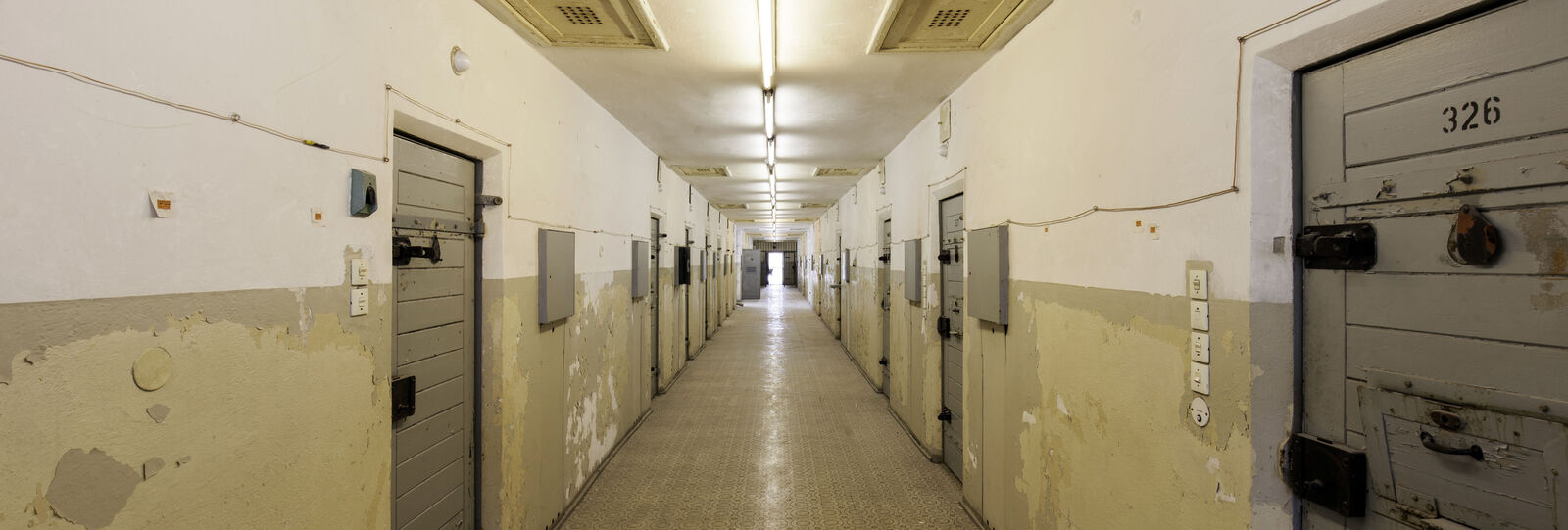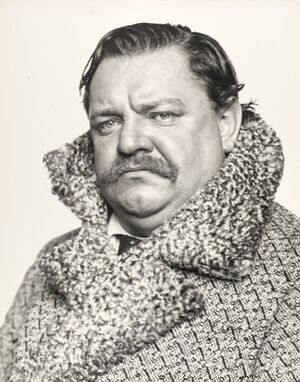Heinrich George
Heinrich George was born Georg August Friedrich Hermann Schulz in Stettin in 1883. The actor Heinrich George is probably the most prominent of the more than 16,000 prisoners at Soviet Special Camp No. 3 in Berlin-Hohenschönhausen.
Heinrich George made his first appearances on a professional theatre stage on the eve of the First World War in the former fortress town of Kolberg. In the 1920s, he progressed to become an excellent actor, both on stage and in films. He was politically active in the KPD party. After the National Socialists came to power in 1933, George came to an arrangement with the emerging dictatorship and subsequently took on many prominent roles in propaganda films. As director of the Schiller Theatre in Berlin, he was close to the Reich Minister Josef Goebbels and repeatedly allowed himself to be portrayed in the media as a supporter of the Nazi regime.
The Soviet secret police NKVD arrested Heinrich George on 22 June 1945. After more than a month in custody, he was sent to the Hohenschönhausen camp on 27 July as a "Nazi propagandist" and "outstanding fascist actor", where he was subjected to less harsh prison conditions than other prisoners due to his fame. In the camp theatre, he and other imprisoned artists and amateur actors staged variations of classical plays and small theatre works they had written themselves. His adaptation of the "Urfaust in zehn Bildern" is particularly noteworthy, which survivors of the camp still described with real enthusiasm decades later.
In the summer of 1946, Heinrich George was sent to the former Sachsenhausen concentration camp, which now functioned as a Soviet special camp. On 25 September, Heinrich George died, physically emaciated and exhausted, as a result of an appendectomy. In 1998, the Russian General Prosecutor's Office "vindicated" him.

